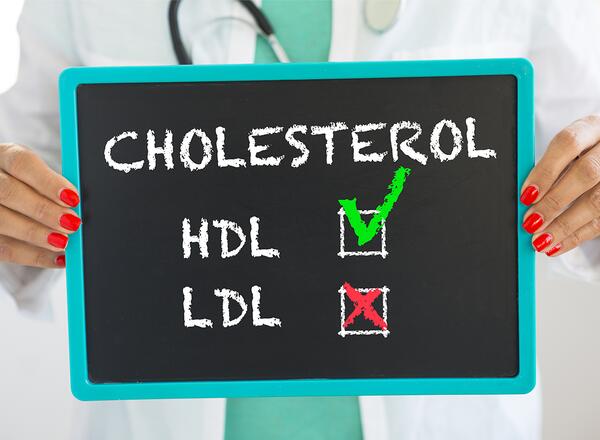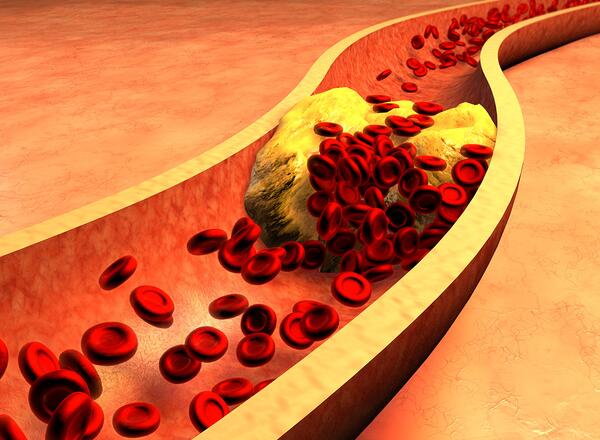
Cholesterol is essential for life and is found in all cells. There are two types of cholesterol, one that our bodies make and dietary cholesterol. The cholesterol that our body makes is a fat-like substance produced by the liver. Dietary cholesterol is the cholesterol that other animals produce and that we ingest when we eat animal products like meat and milk. Both types of cholesterol are used to form cell membranes, and to manufacture hormones, bile acids, and vitamin D.
Cholesterol and other fats can’t dissolve in the blood. They have to be transported to and from the cells by special carriers composed of lipids and proteins called lipoproteins. The two lipoproteins to be most concerned about are low density lipoproteins (LDL), and high-density lipoproteins (HDL).
